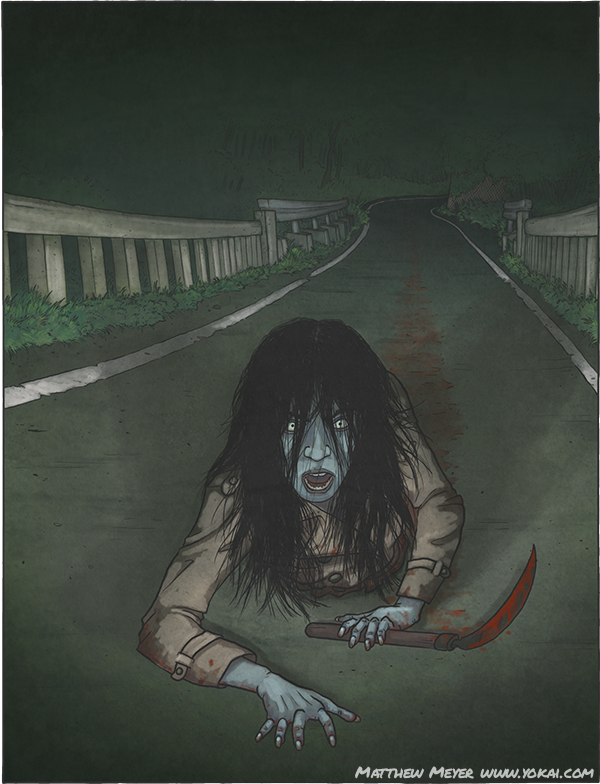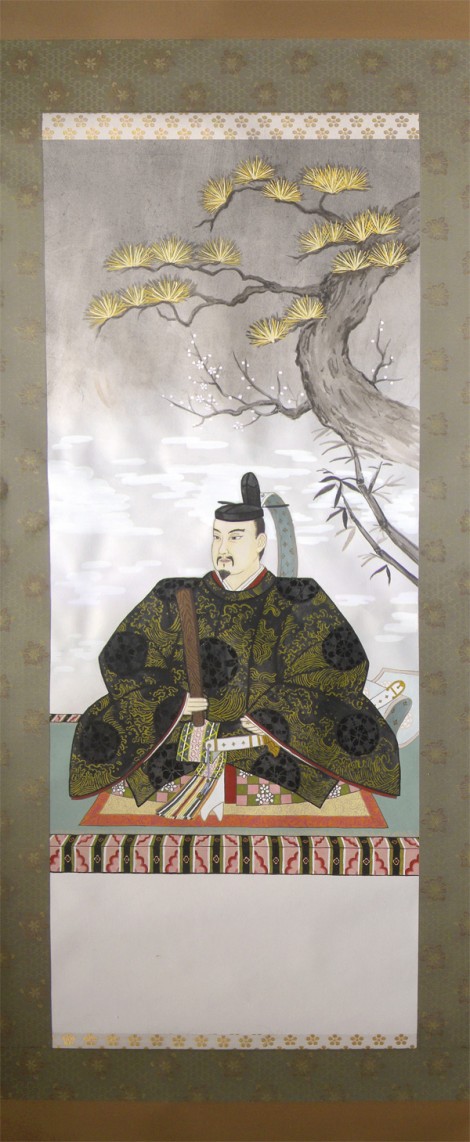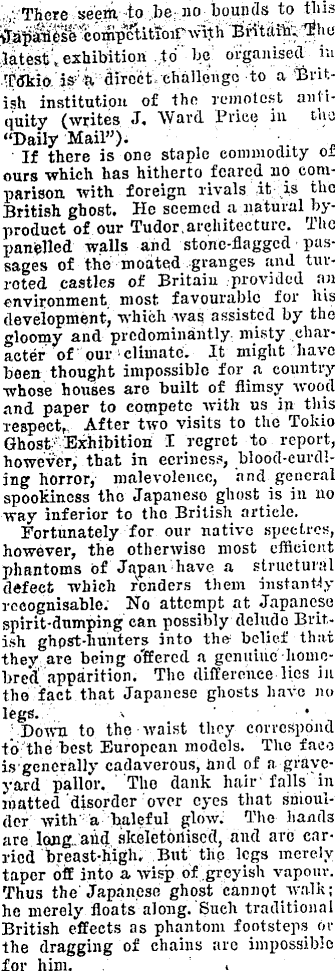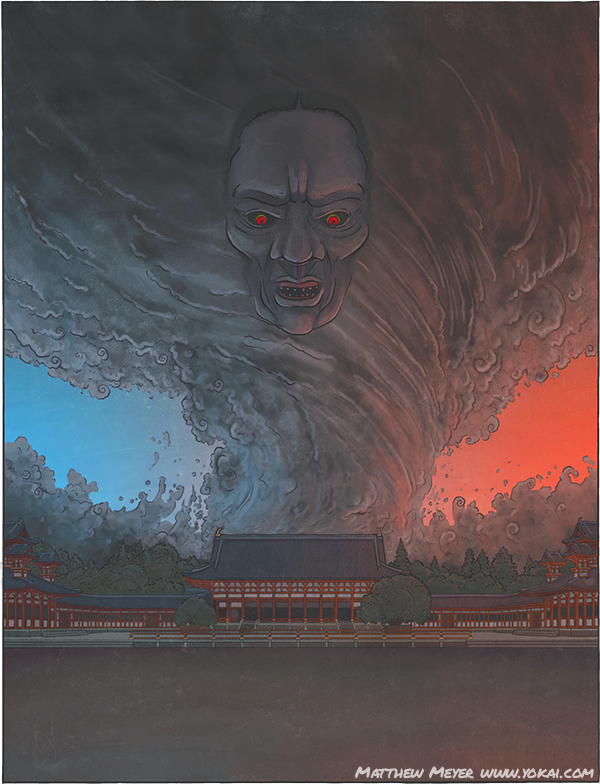I just noticed that, as of this post, there are now two pillar yokai on yokai.com! That just seems odd, doesn’t it? More than one yokai based on a pillar…? (The other one being sakabashira.)
Hitobashira is slightly different than all of the other yokai we have ever looked at on this site, for a very important reason: it is one that is created by humans, not formed on its own. What’s more, it is created on purpose!
I specifically chose hitobashira in order to go in the final chapter of The Hour of Meeting Evil Spirits, which is dedicated to onmyoji and black magic (that is the chapter which gives the book its subtitle: An Encyclopedia of Mononoke and Magic). The book is not solely dedicated to imaginary monsters, but also to the real monstrous things that actual people have done to each other, such as curses and, well, this.
I chose the legend of Maruoka castle in Fukui to include in this entry because I lived only a few miles from it. In fact, there were more than just a couple placed rumored to have hitobashira near my home in Fukui prefecture. A tunnel through a mountain nearby, constructed in the 20th century, is widely rumored to have people interred within the walls in order to act as supports to spiritually protect the tunnel from collapse.
We tend to feel fascinated by these sorts of stories when they are separated from us by hundreds or even a thousand years, but when they happen within recent memory the true horror of it sinks in. It’s one thing to imagine a tragic young girl in a beautiful ancient kimono being sacrificed to appease the unknown gods… it’s another altogether to picture a young construction worker, fresh out of school, with his hardhat, gloves, and safety vest cemented into a tunnel that we drive through every day. Aren’t we more enlightened than that? Apparently not…
Monsters are still with us even today.

Click above to read the legends about hitobashira, also available in paperback and Kindle as well. And there is still time to get involved with my Patreon for this month. Don’t miss out on regular yokai updates and insider access to the creation of all of these entries!






 There seem to be no bounds to this Japanese competition with Britain. The latest exhibition to be organised in Tokio is a direct challenge to a British institution of the remotest antiquity (write J. Ward Price in the “Daily Mail”).
There seem to be no bounds to this Japanese competition with Britain. The latest exhibition to be organised in Tokio is a direct challenge to a British institution of the remotest antiquity (write J. Ward Price in the “Daily Mail”).

